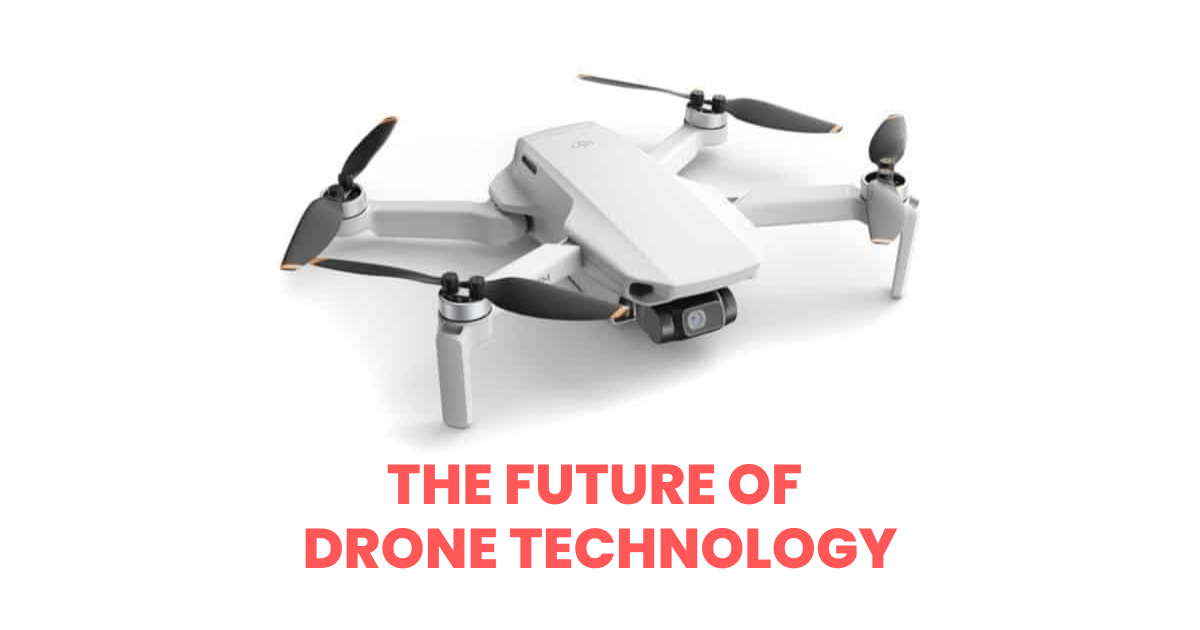Drones, also known as unmanned aerial vehicles (UAVs), have been gaining popularity over the years. Originally used primarily for military purposes, drones have now become a common sight in our daily lives. They are used for various applications, including photography, surveying, package delivery, and even as a means of transportation. With advancements in technology, drones have become more advanced and efficient. This article delves into the world of drone technology, exploring its various applications, advancements, and regulations.
Applications of Drone Technology:
Drones have revolutionized multiple industries, including but not limited to:
- Aerial Photography and Videography:
Drones equipped with high-quality cameras have made it possible to capture stunning aerial footage. From capturing breathtaking landscapes to recording live events, drone photography has become increasingly popular.
- Agriculture:
Drones are being used in agriculture to monitor crop health, identify crop stress, and create detailed maps of crop fields. This helps farmers optimize their crop yields and minimize crop damage.
- Surveying and Mapping:
Drones equipped with LiDAR (Light Detection and Ranging) sensors are used to create highly detailed 3D maps of terrain, buildings, and infrastructure. This technology is used in construction, urban planning, and disaster response.
- Package Delivery:
Companies like Amazon and UPS are testing the use of drones for package delivery. This could significantly reduce delivery times and improve efficiency.

Advancements in Drone Technology:
The advancements in drone technology have been astounding. Some of the notable advancements are:
- Improved Battery Life:
One of the biggest challenges with drones was their limited flight time due to battery constraints. However, with advancements in battery technology, drones can now fly for longer periods, allowing for more extended and complex missions.
- Obstacle Avoidance:
Drones are now equipped with sensors and cameras that help them avoid obstacles while flying. This technology is crucial for drone deliveries and aerial surveys.
- Autonomous Flight:
Drones can now be programmed to fly autonomously, without the need for human intervention. This technology is particularly useful for agriculture and mapping applications.
Regulations Surrounding Drone Technology:
As drones have become more prevalent, regulations have been put in place to ensure their safe use. Some of the notable regulations include:
- Registration:
In many countries, drones must be registered with the relevant authorities. This helps to identify drone operators and hold them accountable for any misuse.
- Height and Distance Restrictions:
In most countries, there are restrictions on how high and how far drones can be flown. This is to ensure they do not interfere with other aircraft or pose a threat to public safety.
- Licensing:
In some countries, drone pilots must hold a license to operate a drone. This ensures they have the necessary training and knowledge to operate a drone safely.
FAQs:
Q: Are drones legal?
A: Yes, drones are legal in most countries, but there are regulations in place to ensure their safe use.
Q: Can I fly my drone anywhere?
A: No, there are restrictions on where drones can be flown. Check with your local aviation authority for guidelines.
Q: Do I need a license to operate a drone?
A: It depends on your country’s regulations. Check with your local aviation authority for guidelines.
Conclusion:
Drones have revolutionized multiple industries, and their impact is only expected to grow in the future. With advancements in technology, drones are becoming more efficient and capable, enabling them to tackle more complex tasks. However, it is essential to keep in mind the regulations surrounding drone technology to ensure their safety and responsible use. As drone technology continues to evolve, it is crucial that drone operators stay informed about the latest regulations and advancements. With proper knowledge and training, drones can be used for various applications, making our lives more efficient and convenient. The future of drone technology is exciting, and we can expect to see even more incredible advancements in the years to come.
